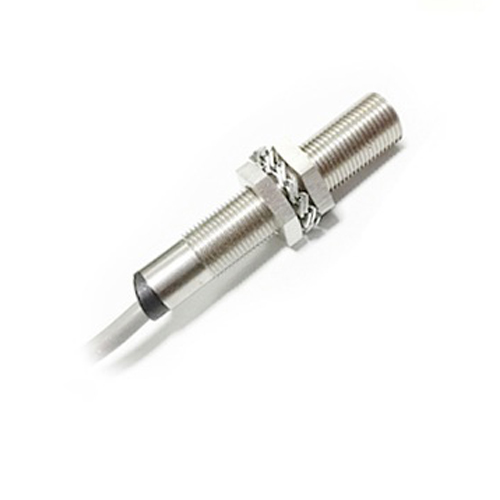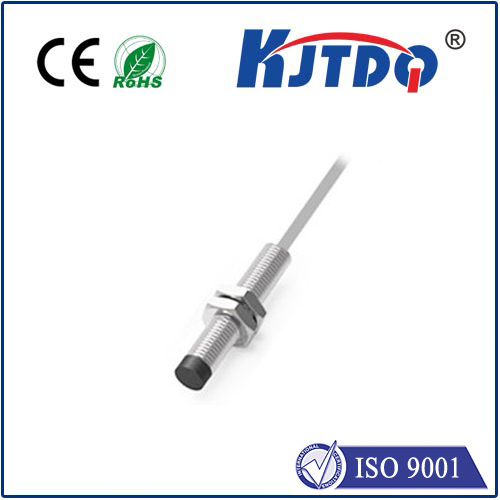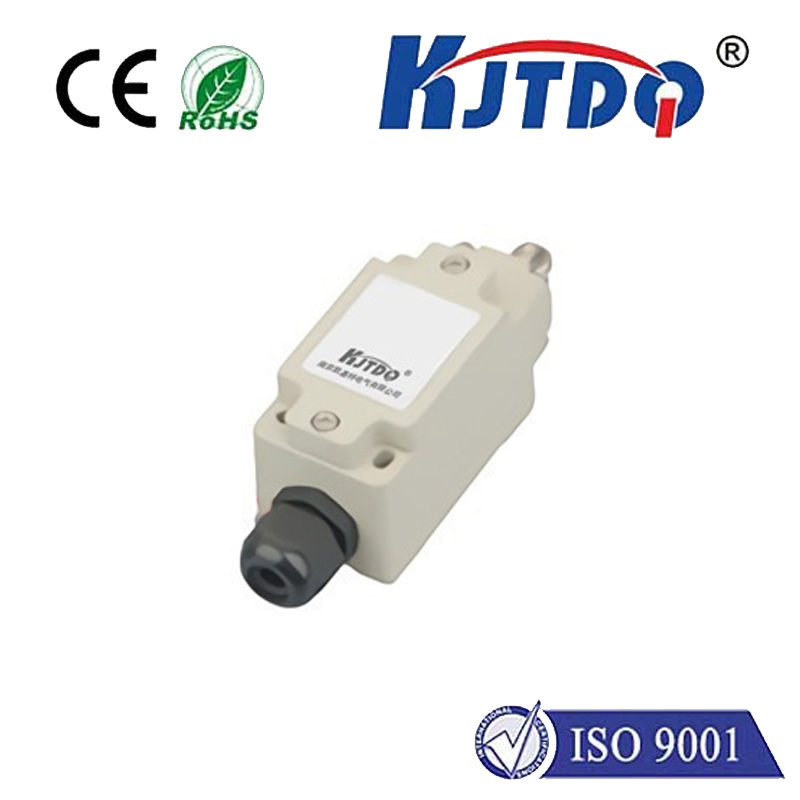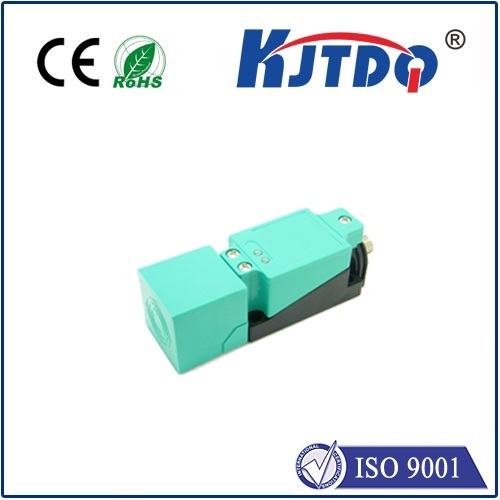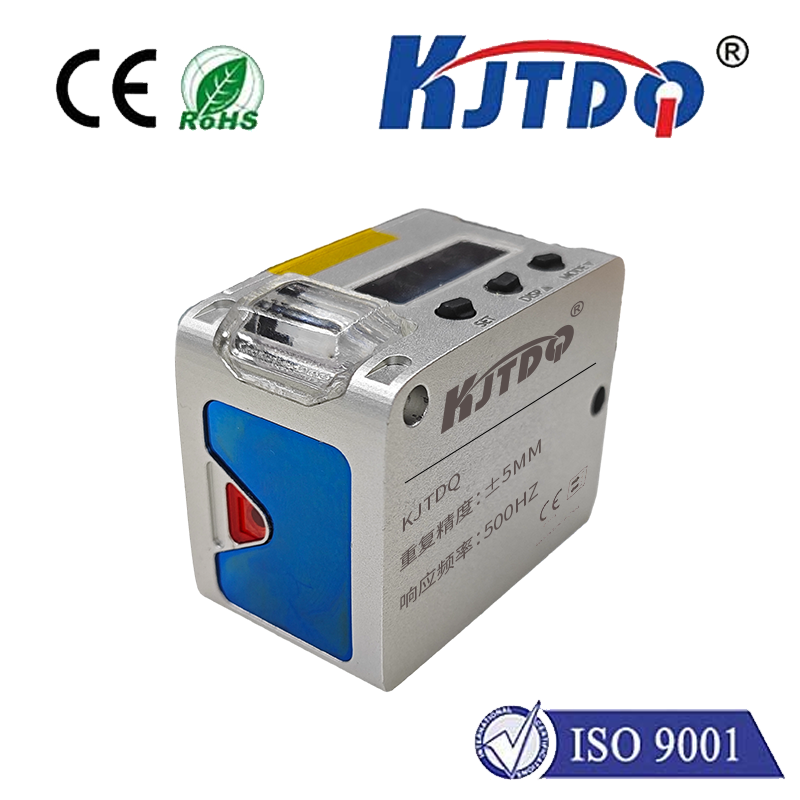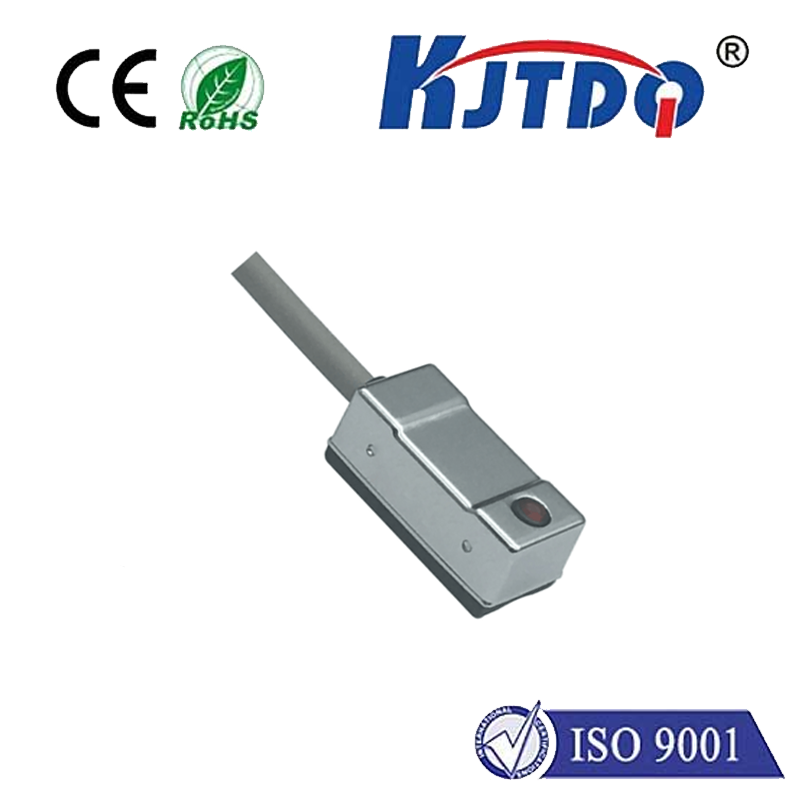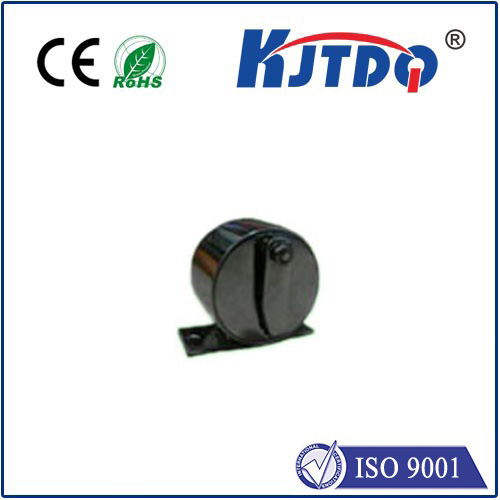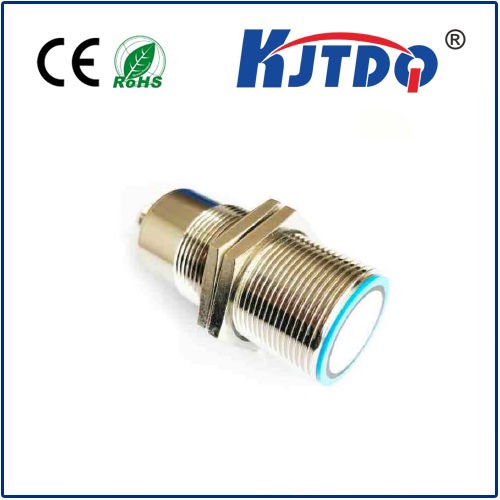Переключатель ограничения веса
- time:2025-08-07 02:31:27
- Нажмите:0
The Unsung Safety Hero: Understanding the Critical Role of Weight Limit Switches
Imagine a bustling construction site, a crane hoisting vital materials high above the ground. Or consider a packed elevator smoothly ascending in a skyscraper. Or picture a complex industrial conveyor system moving heavy products. What invisible sentinel prevents catastrophic overload in each of these scenarios? Often, it’s a remarkably simple yet profoundly critical device: the Переключатель ограничения веса. These unsung heroes of safety stand as the last line of defense against the dangers and damages caused by exceeding a system’s designed capacity.
What Exactly is a Weight Limit Switch?
At its core, a Переключатель ограничения веса is a safety device engineered to automatically halt operation or trigger an alarm when a pre-set load threshold is reached or surpassed. Its fundamental purpose is overload protection, safeguarding personnel, equipment, infrastructure, and the load itself from the potentially disastrous consequences of excessive weight.
Unlike complex control systems, a true limit switch provides a decisive, binary signal: load is safe (below limit) or load is unsafe (at or above limit). This simplicity translates directly into reliability – a crucial factor when safety is paramount. It functions as an independent monitor, typically wired directly into the machine’s control circuit or power supply to enact an immediate stop if an overload condition arises. Think of it as a dedicated guardian focused solely on preventing one specific failure mode – overload.

How Does It Work? The Mechanics Behind the Safety
The operation of a Переключатель ограничения веса hinges on translating mechanical force into an electrical signal. Several common mechanisms achieve this:
- Mechanical Lever & Microswitch: This classic design features a pivoting lever arm. When sufficient weight is applied, the lever arm moves, physically triggering an integrated microswitch (a small, sensitive switch). This microswitch opens or closes the electrical circuit, signaling the overload condition. Simplicity and robust construction make these switches ideal for rugged environments. Adjustment is often mechanical, requiring physical calibration.
- Pneumatic/Bellows: Used frequently in applications like elevators and lifting platforms, this system employs an air-filled bellows or diaphragm connected to a pressure switch. Applying weight increases the air pressure inside the bellows. When the pressure reaches the pre-set limit corresponding to the maximum weight, it activates the switch. These are valued for their smooth operation and reliability.
- Electronic Load Cells: For higher precision applications or where continuous monitoring is desired alongside limit protection, strain gauge load cells are often integrated. These sensors experience minute deformation under load, changing their electrical resistance. Sophisticated electronics measure this change to determine weight accurately. A separate limit switch module within the system triggers the safety action when the load cell signal exceeds the programmed threshold. This offers configurable limits and remote monitoring potential.
- Shear Pin Mechanism: In extremely high-impact or sheer-force applications, a sacrificial shear pin might be used. The pin is designed to fail precisely at the overload limit. Its failure physically releases a mechanism that triggers a switch. While requiring replacement after activation, this method provides absolute mechanical protection against overload.
Crucial Applications: Where Weight Limit Switches Are Non-Negotiable
The reach of the Переключатель ограничения веса extends across numerous industries where safety and equipment integrity are paramount:
- Elevators & Lifts: Perhaps the most familiar application. Every passenger and freight elevator relies on overload protection switches. These prevent the elevator car from operating if overloaded, avoiding potential cable failure, motor burnout, or uncontrolled movement. They are a fundamental part of elevator safety codes worldwide.
- Cranes & Hoists: From towering construction cranes to small workshop hoists, load limiters are essential. They prevent catastrophic structural failure, tipping, or dropped loads by cutting power or triggering alarms when the lift approaches or exceeds its safe working load (SWL). Different types (mechanical, electronic) are used depending on the crane’s size and complexity.
- Промышленное оборудование: Conveyor systems, presses, forklifts, packaging equipment, and automated guided vehicles (AGVs) all utilize weight limit switches. They protect motors, gears, structural components, and product quality by preventing the processing or movement of loads that could damage the machinery or disrupt the production line.
- Перевозка материалов: Platforms, scissor lifts, pallet jacks (especially powered ones), and loading docks often incorporate these switches to ensure safe operation and prevent accidents during loading/unloading.
- Test Benches & Weighing Systems: In controlled environments, precise limit switches act as safeguards, ensuring test specimens or components aren’t subjected to forces beyond their specifications during testing or calibration using load cells.
The Tangible Benefits: Why You Absolutely Need Them
Investing in and maintaining reliable weight limit switches delivers significant, measurable value:
- Повышение безопасности: This is the primary benefit. Preventing overload scenarios drastically reduces the risk of accidents, injuries, and fatalities caused by equipment failure, structural collapse, or falling loads. Protecting your workforce is non-negotiable.
- Equipment Protection: Overloads cause immense stress on motors, gearboxes, bearings, cables, structural frames, and hydraulic systems. A Переключатель ограничения веса acts as a guardian, preventing costly damage, extending the lifespan of expensive machinery, and minimizing downtime for repairs.
- Compliance & Liability Reduction: Most industries are governed by stringent safety regulations (OSHA, ANSI, ISO, regional elevator codes, etc.) that mandate overload protection for lifting and material handling equipment. Properly functioning limit switches are essential for compliance, helping avoid heavy fines and significantly reducing legal liability in the event of an incident.
- Operational Reliability & Efficiency: By preventing overload-related breakdowns and ensuring equipment operates only within its safe capacity, limit switches contribute to smoother, more predictable operations and reduced unplanned maintenance.
- Product Quality: In processes where precise weight matters (e.g., filling, batching, quality control), a ограничительный переключатель can halt operations if materials are outside tolerance, preventing waste and ensuring consistency.
Selecting the Right Weight Limit Switch: Key Considerations
Choosing the appropriate Переключатель ограничения веса isn’t arbitrary. Critical factors include:
- Capacity & Accuracy: The switch must reliably trigger at the precise required load limit. Understand both the nominal capacity and the tolerance range. Does the application require high precision (favoring electronic types) or is robust simplicity sufficient (mechanical)?
- Operating Environment: Consider temperature extremes, moisture, dust, dirt, corrosive chemicals, vibration, and potential for impact. The switch must be rated (IP rating, NEMA rating) to survive and operate reliably in its actual conditions.
- Mechanical Setup: How will the force be applied? Is it tension, compression, shear? What’s the mounting configuration? What is the required reset mechanism (automatic, manual, key reset)?
- Response Time & Fail-Safe Mode: How


